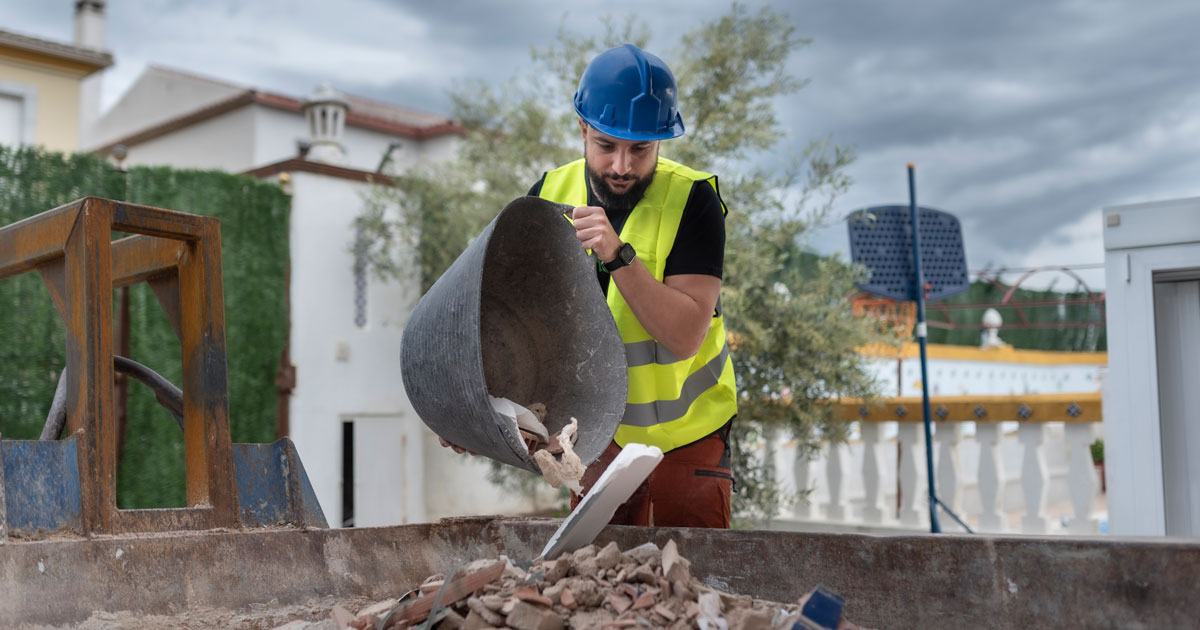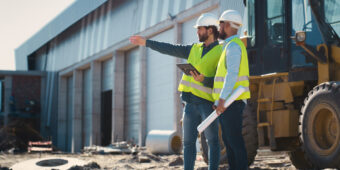Skip bins – what’s in there?
22 Jul 2024, Community & Sponsorship, News

To better understand the composition of construction waste from home builds, Auckland Council conducted some research. Senior Waste Planning Specialist, Mark Roberts, reveals its findings
Construction site waste is one of the most hidden sources of waste. It is typically generated behind a site fence and goes into a high-sided skip bin. Unlike household refuse, which is placed on the kerbside each week, the skip is typically taken from inside the site to a gated transfer station. To try and understand this a little better, Auckland Council partnered with two developer/builders to do a deep dive into site waste.
A waste audit was carried out on two residential building sites in Auckland during 2022 and 2023. The houses being constructed were typical three-bedroom standalone dwellings with a single internal garage. The purpose of the audit was to understand – in more detail – the overall weight and composition of the waste created in residential construction.
Dumpster diving.. for science!
Skips and other waste was taken from site and emptied in a yard at a local transfer station. Waste auditors then measured, weighed, categorised, and photographed every item. The overall weight of the waste for two builds was around 3.5 tonnes, which was lower than expected. By weight, this consisted mostly of the usual suspects of timber (around 20%), plasterboard (around 30%) and fibre-cement board (as much as 27%).
There were also a few surprises. There is a common assumption that pre-nail framing does not produce any site waste. This audit has highlighted that this is not always the case. This can be due to the amount of timber that is also used for temporary bracing, which is subsequently discarded.
Waste tiles also made up a considerable proportion of the builds’ overall waste (9%). The internal dimensions of the home design and the choice of tiles can be factors that contribute to this.
Avoidable waste
A surprising component of the skip waste was the amount of brand new and unused building products. Some examples included full rolls of building paper, unopened tubes of silicone and boxes of unused nail plates. This is possibly due to material that is simply cleared into the skips as part of a site clean-up, potentially because it was easier than finding or moving it somewhere for the materials to be reused.
Based on the audit, it seems that the simplest and most effective way for building sites to maximise their diversion from landfill is to ensure they have a recovery pathway for timber and plasterboard waste. Those components alone can account for more than half of the building waste stream and simple diversion solutions are often available.
Register to earn LBP Points Sign in



